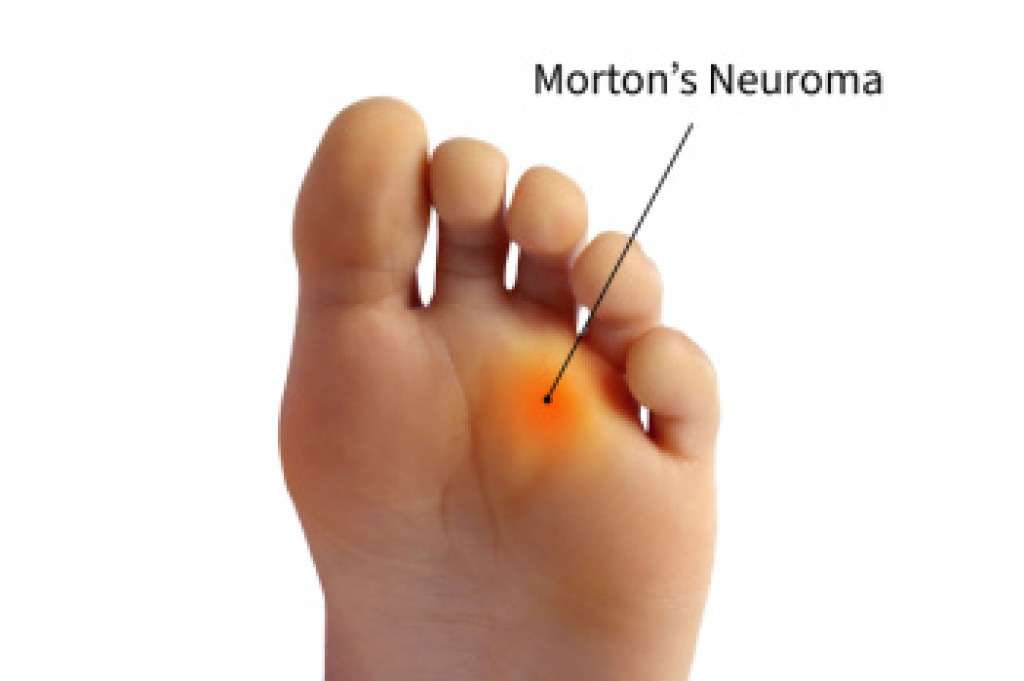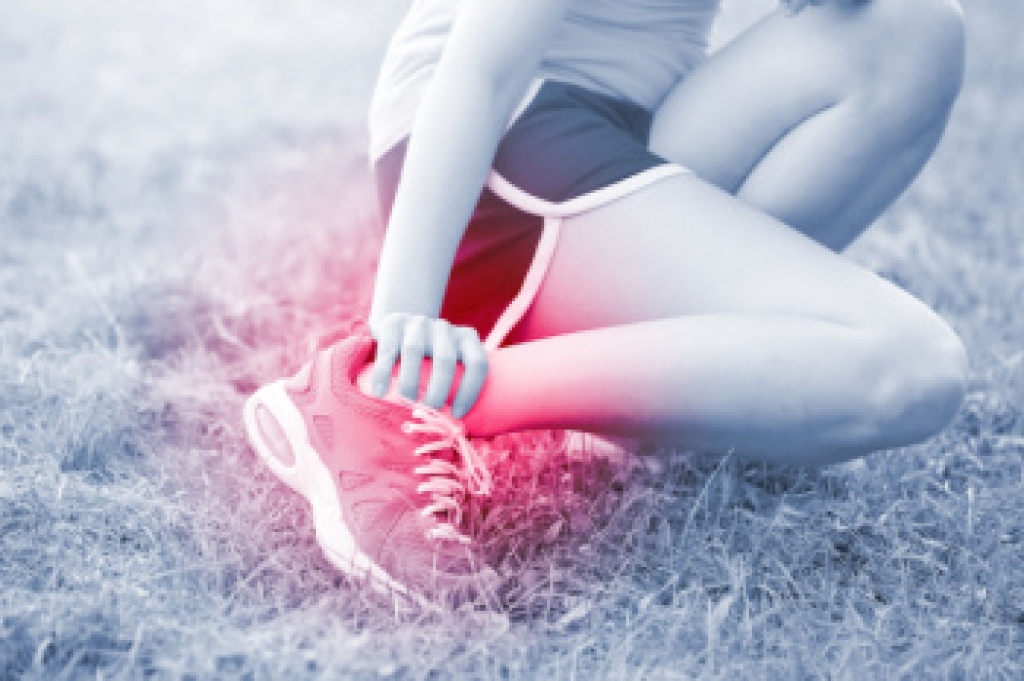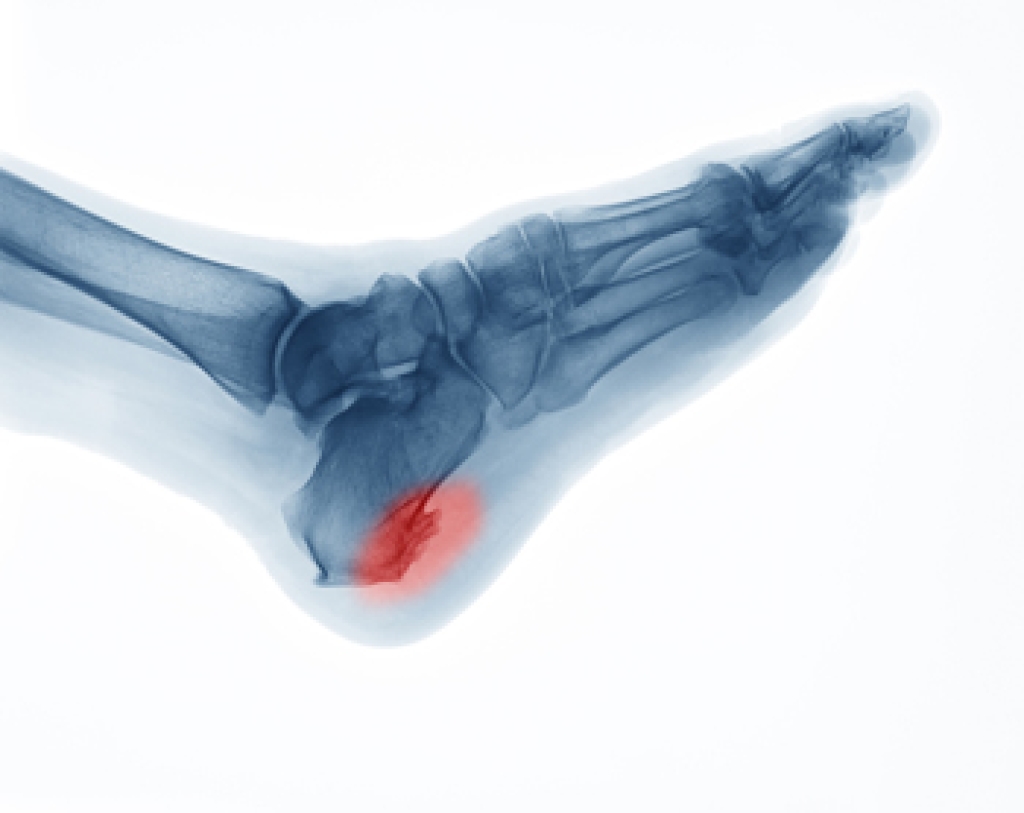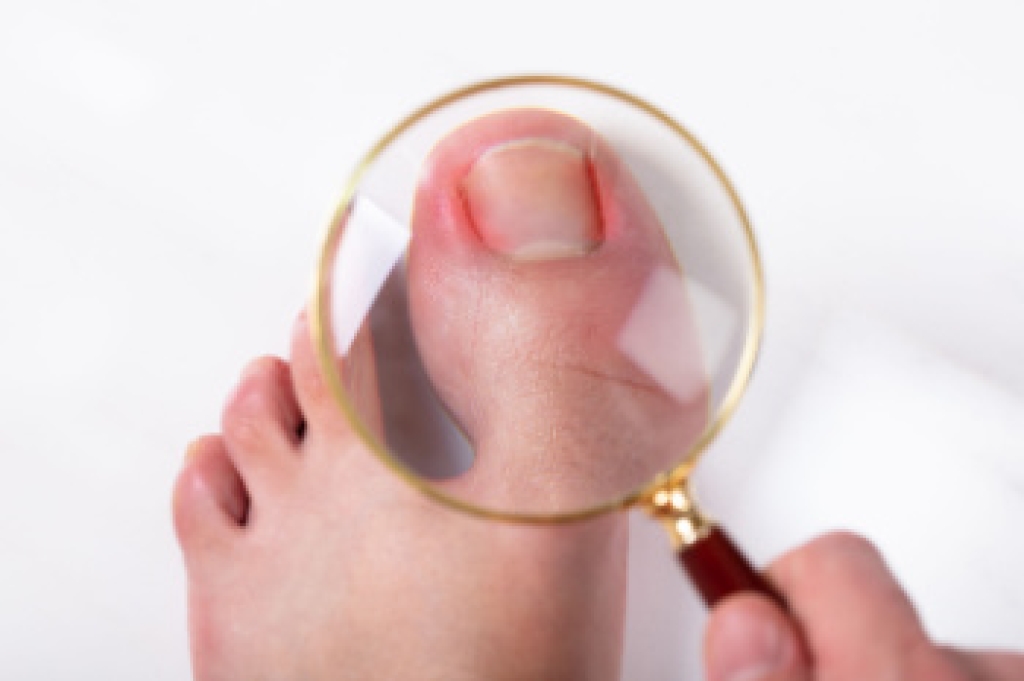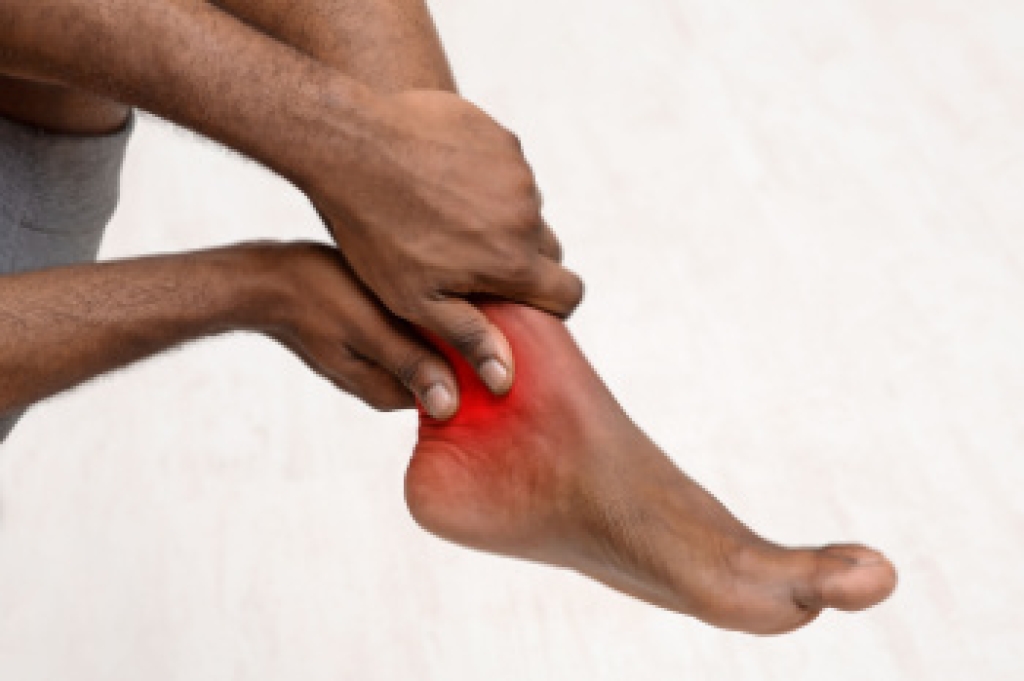
Rheumatoid arthritis can cause painful inflammation in the joints of the feet and ankles, making daily movement difficult. Rheumatoid arthritis, or RA, occurs when the immune system attacks the lining of the joints. It leads to stiffness, swelling, and warmth in areas, such as the toes, midfoot, or ankle. The joints most often affected include the metatarsophalangeal, or MTP, joints at the base of the toes, the subtalar joint beneath the heel, and the ankle joint where the foot meets the leg. Over time, joint damage can cause deformities. Hammertoes, bunions, nodules, and painful calluses can develop from uneven pressure. Circulation problems may also occur, sometimes causing ulcers or skin changes. A podiatrist can evaluate joint involvement through imaging, prescribe orthotics to redistribute pressure, and recommend surgery when necessary. If you have foot or ankle pain from rheumatoid arthritis, it is suggested that you make an appointment with a podiatrist for a diagnosis and treatment.
Because RA affects more than just your joints, including the joints in your feet and ankles, it is important to seek early diagnosis from your podiatrist if you feel like the pain in your feet might be caused by RA. For more information, contact one of our podiatrists of North Penn Podiatry. Our doctors will assist you with all of your podiatric concerns.
What Is Rheumatoid Arthritis?
Rheumatoid Arthritis (RA) is an autoimmune disorder in which the body’s own immune system attacks the membranes surrounding the joints. Inflammation of the lining and eventually the destruction of the joint’s cartilage and bone occur, causing severe pain and immobility.
Rheumatoid Arthritis of the Feet
Although RA usually attacks multiple bones and joints throughout the entire body, almost 90 percent of cases result in pain in the foot or ankle area.
Symptoms
- Swelling and pain in the feet
- Stiffness in the feet
- Pain on the ball or sole of feet
- Joint shift and deformation
Diagnosis
Quick diagnosis of RA in the feet is important so that the podiatrist can treat the area effectively. Your doctor will ask you about your medical history, occupation, and lifestyle to determine the origin of the condition. Rheumatoid Factor tests help to determine if someone is affected by the disease.
If you have any questions, please feel free to contact our offices located in Lansdale, and King of Prussia, PA . We offer the newest diagnostic and treatment technologies for all your foot care needs.
